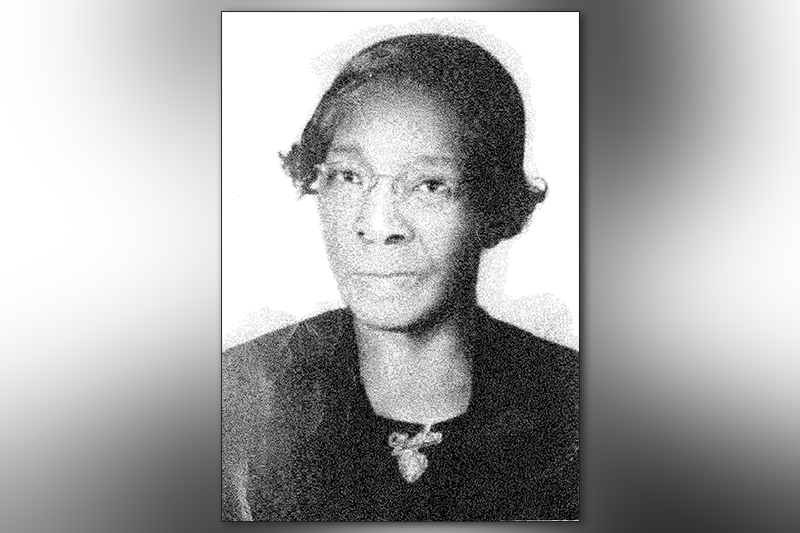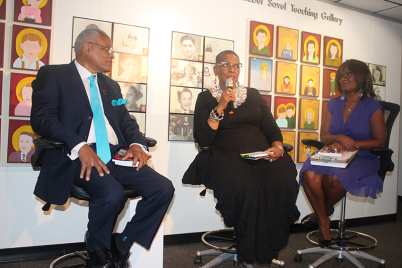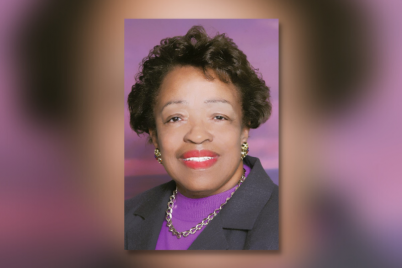Mary E. Brown
By Gwendolyn Reese
The word midwife comes from the Old English words mid, “with” and wif, “woman.” The word originally meant “with-woman,” a person who is with the mother at childbirth. The term was used for both male and female midwives. Midwives traditionally provided care during labor and delivery and after birth.
In an article entitled “The History of Midwifery,” nurse-midwife Judith P. Rooks, CNM, MPH, MS wrote: “Midwives attended almost all births in the American colonies, practicing from their homes and passing the skills they had brought from Britain from one woman to another informally. Enslaved West African midwives in America attended the births of both black and white women in the antebellum South. After emancipation, African-American midwives continued to take care of both black and white poor women in most rural parts of the South, where they were referred to as ‘granny midwives.’ American-Indian tribes had their own birth traditions.”
Medicine became professionalized in the U.S. in the late 1900s, and with it came a spirit of competition. A series of events in the early 1900s laid the groundwork for doctors taking over the role of the traditional midwife and laid the foundation for the medical model for childbirth used in this country.
“Two reports on medical education, published in 1910 and 1912, concluded that America’s obstetricians were poorly trained,” wrote Rooks. “To improve obstetrics training, one report recommended hospitalization for all deliveries and the gradual abolition of midwifery. Rather than consult with midwives, the report argued, poor women should attend charity hospitals, which would serve as sites for training doctors.”
Midwives attended approximately half of all births in 1900, but less than 15 percent by 1935. By the early 1930s, most practicing midwives were black or poor-white granny midwives working in the south.
“Where midwifery declined, the incidence of mother and infant deaths from childbearing or birth injuries generally increased,” wrote Rooks. “A scholar who conducted an intensive study concluded that the 41 percent increase in infant mortality due to birth injuries between 1915 and 1929 was due to obstetrical interference in birth.”
Men were midwives too. The Tampa Daily Times reported in 1931 that 17 male midwives were registered with the Florida board of health. They operated in mostly rural areas and were often farmhands. An assistant city health officer was reported to have said, “A male midwife is a person who believes he can perform the function of a midwife as efficiently as a woman or even a registered physician.”
The licensing program for lay midwives in Florida began in 1931. Prior to that time, the midwives were older women, mostly African American.
“Physicians Address Negro Midwives Here” was the headline in an article appearing in the Tampa Tribune dated July 7, 1935. The article reports the opening of a week’s course for Negro midwives. More than 100 midwives from 20 southern counties attended the week-long course conducted by the city of Tampa and state health departments in cooperation with the Tampa Urban League and Tampa Negro churches.
An article appearing in the Feb. 15, 1950, edition of the St. Petersburg Times (now Tampa Bay Times) reports that a proposal to establish training schools for midwives in Florida was passed at the annual Conference of Florida County Health Officers in Jacksonville. The proposal was offered by an Orange County health officer and chairman of the conference’s committee on maternal and child health. He stated, “I do not approve of midwives in principle, but we are faced with a practical problem that calls for a solution as quickly as it can be provided.”
A verse from the midwives’ song as printed in the State Board of Health handbook reads: “There are infants in glory that should be on earth. They had no good midwives assist them in birth.”
The paperback book had 115 pages of technical instructions and a supplement that included the midwives’ song, creed and prayer. The midwife’s creed says, “We believe that cleanliness is next to godliness and that cleanliness of body, mind and soul and obedience to the laws of hygiene, faith in God and reverence for Him as the author of life are the first qualifications of a worthy midwife.”
A report presented during a meeting of the State Board of Health in Jacksonville in December 1956 showed that the percentage of babies delivered by midwives was dropping and the number of licensed midwives decreased from 4,000 in 1922 to 3336 in 1955. The report also stated that “All but 30 of the midwives are Negroes.
The Tampa Bay Times reported in the June 6, 1986, edition that there were 209 certified nurse midwives in Florida and more than 2,500 across the country.
Over the next few weeks, I will highlight many of the midwives who played a critical role in our community. The photo accompanying this article is Mrs. Mary E. Brown, paternal grandmother of Lolita and Lou Brown, Jr.
She moved to St. Petersburg with her husband and two sons John D. and Louis D. Brown, Sr., both life-long educators, from Alton, Fla. Her home, originally located on 11th Avenue South, was moved to 2337 7th Ave. to make room for the Jordan Park housing project. Mrs. Brown was one of several midwives serving mothers, babies and families in our community.
Sources:
https://en.wikipedia.org/wiki/Midwifery
https://www.ourbodiesourselves.org/book-excerpys/health…/history-of-midwifery
Tampa Daily Times, 1931
Tampa Tribune, July 7, 1935
The Tampa Bay Times, February 15, 1950; June 6, 1986








